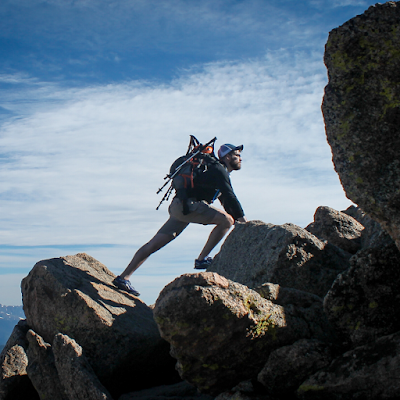Well
said by Rachel Wolchin “If we were meant to stay in one place, we
would have roots instead of feet.” So, explore the beauty of the
world and arrange adventure trips whether solo or with your families
and friends. Well, when it comes to adventure trips, how can we
forget about Switzerland. No one can deny the importance of beautiful
and thrilling mountains and trekking in Switzerland. All these things
remain the attraction for visitors. Well, before arranging any trip,
it is always suggested to plan it before. To make it possible, here
we are providing a quintessential guide to guided via Ferrata trips in Switzerland.
 |
About
Ferrata
These
iron pathways allow even the most beginner explorers to access
mountaineering terrain. The words via Ferrata loosely translate as
iron path or iron way and started from a longer phrase meaning fully
equipped route. Even though the first of these was arguably
constructed in Austria in the 1840s, the Italian legacy of the via
Ferrata seems to be more internationally recognized than the history
of the klettersteig. But you will hear both terms in Switzerland.
According
to a report, Via Ferrata possibly came pretty late to the land of
milk and honey when Talli Klettersteig was built in 1993. But some
contend the restored 1907 beginner-friendly Pinut is Switzerland's
oldest. Other than that, there is one another opinion is that
protected pathways, fashioned by farmers, have snaked and laddered
the Alps for centuries; people just didn't clip themselves on or give
everything a fancy name back then.
Via
Ferrata with beautiful views over the valley:
This
is one of the adventure trips that only suggested to the experienced
alpinists, equipped with a climbing harness and helmet. The best part
of this adventure is crossing of the gorge with a zip line and the
suspension bridge at the end of the via Ferrata.
Level
of difficulty
K3,
relatively difficult
Valley
location/starting and ending point
Mürren,
1670m above the Lauterbrunnen valley
The
village is open by Schilthornbahn rail from Stechelberg or
Lauterbrunnen-Mürren mountain rail.
Endpoint
is Gimmelwald, the station of the Schilthorn cable car.
Approach
The
entrance is situated behind the sports chalet, below the post office
building in Mürren. It is highlighted with a large poster. Climbing
equipment is obligatory.
Les
Diablerets Via Ferrata
The idea of the Via Ferrata was widely developed in this country. An
exception of rock climbing, it includes following a route through the
rocks, equipped with a double-length safety rope. Don't forget to
carry your equipment.
Ordinary,
there are two Via Ferrata in Les Diablerets:
1.
The Waterfall Via Ferrata is on a little cliff on the right bank of
the Dar. The path is sporty and overhangs. It may be reached on foot
by following the Dar waterfall trail on foot from Les Diablerets in
the direction of the Col du Pillon, or directly from the Col du
Pillon
Technical
details:
Length:
400 m
Time
required: 1 hour 30 minutes
Difference
in height along the route: not important, the route follows the
ledges
2.
The "Tete au Chamois", or "Rocher Jaune" Via
Ferrata is on the "rocher Jaune", a superb cliff under the
first stretch of the Glacier 3000 cable car line. The foremost
problems lie in the many high, overhanging parts of the route.
Technical
details:
Length:
830 m
Time
required: 2 to 3 hours
Difference
in height along the route: not important, the route follows the
ledges
For
more details, stay in touch with us! Good luck!



